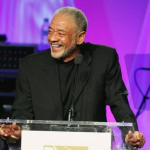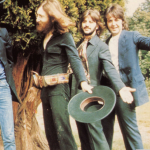Dunkirk (2017)

“Dunkirk” (2017) is a war film directed by Christopher Nolan that focuses on the Dunkirk evacuation during World War II. The film is known for its immersive storytelling, minimal dialogue, and intense realism. It presents the events from three different perspectives: land, sea, and air, and is distinguished by its innovative narrative structure and practical effects.

Plot Summary:
The film depicts the evacuation of Allied soldiers from the beaches of Dunkirk, France, in 1940. It intertwines three storylines:
- Land: The “Land” storyline follows Fionn Whitehead as Tommy, a young British soldier trying to escape the encircled Dunkirk beach over the course of a week. Tommy’s struggle to reach safety is marked by the constant threat of enemy fire and the chaotic atmosphere of the evacuation.
- Sea: The “Sea” storyline centers on Mark Rylance as Mr. Dawson, a civilian who, along with his son and a friend, sails his boat to Dunkirk to help rescue soldiers. This segment takes place over one day and showcases the civilian effort to assist in the evacuation.
- Air: The “Air” storyline features Tom Glynn-Carney as the pilot Farrier, who provides air support during the evacuation and protects the ships from enemy aircraft. His mission unfolds over the course of one hour and highlights the aerial combat aspect of the operation.
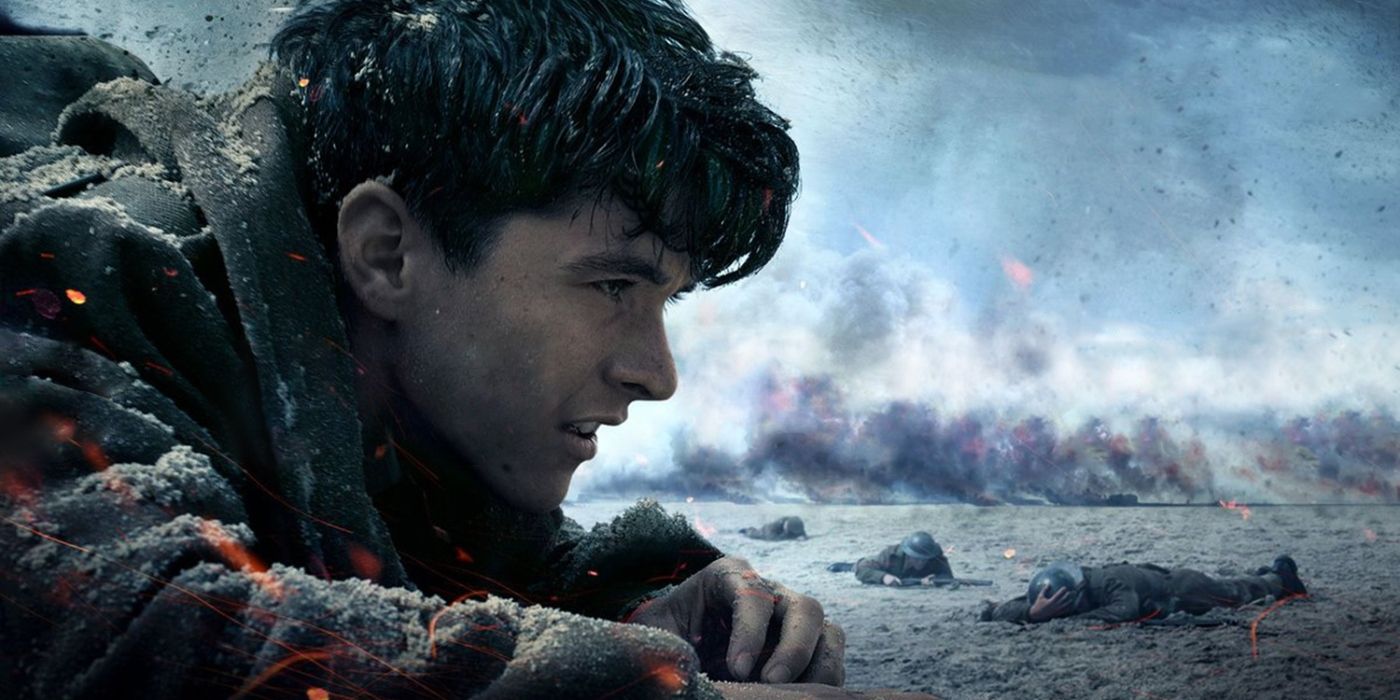
Themes and Style:
- Realism: Dunkirk is noted for its realistic portrayal of war, emphasizing the chaos, tension, and urgency of the evacuation. Nolan uses practical effects, minimal CGI, and IMAX cameras to capture the scale and intensity of the event. The film’s sound design, with a score by Hans Zimmer, plays a crucial role in building tension and immersion.
- Narrative Structure: The film employs a non-linear narrative structure, interweaving the three storylines with overlapping timelines. This approach creates a sense of urgency and allows viewers to experience the event from multiple perspectives simultaneously.
- Survival and Heroism: The film explores themes of survival, courage, and the collective effort of both soldiers and civilians. It portrays the Dunkirk evacuation as a significant, collective achievement against overwhelming odds, emphasizing both individual bravery and the broader heroism of the rescue effort.
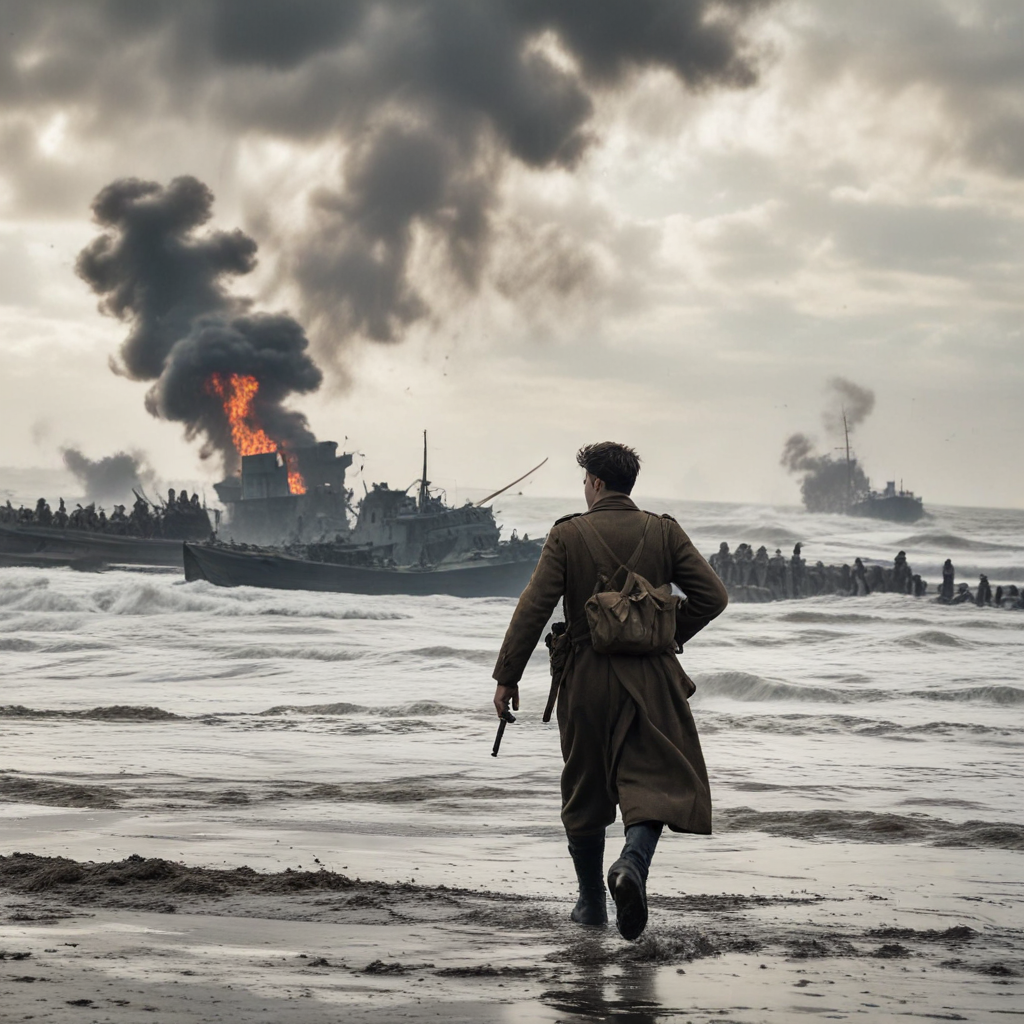
Cast and Performances:
- Fionn Whitehead, Tom Glynn-Carney, Jack Lowden, and Harry Styles lead the “Land” storyline with strong performances that capture the desperation and resilience of soldiers.
- Mark Rylance delivers a compelling performance as Mr. Dawson, embodying the spirit of civilian heroism.
- Tom Glynn-Carney and Jack Lowden contribute to the “Air” storyline with portrayals that highlight the skill and bravery of pilots during the evacuation.
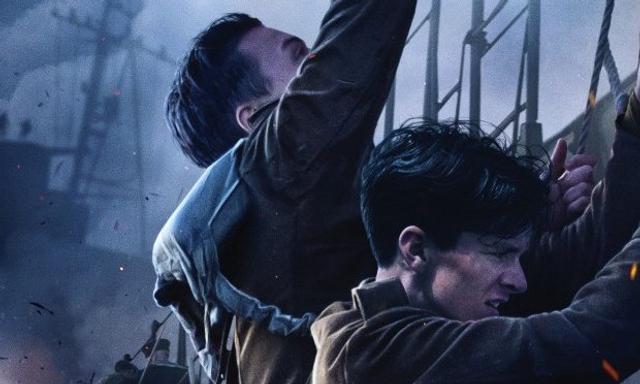
Reception:
Dunkirk received widespread acclaim from critics and audiences alike. It was praised for its direction, cinematography, and immersive experience. The film’s innovative storytelling, intense realism, and technical achievements were highlighted as standout features.
The film was nominated for several awards and won three Academy Awards, including Best Editing, Best Sound Mixing, and Best Sound Editing. It was also recognized for its contributions to the war film genre and its ability to convey the scale and emotional impact of the Dunkirk evacuation.
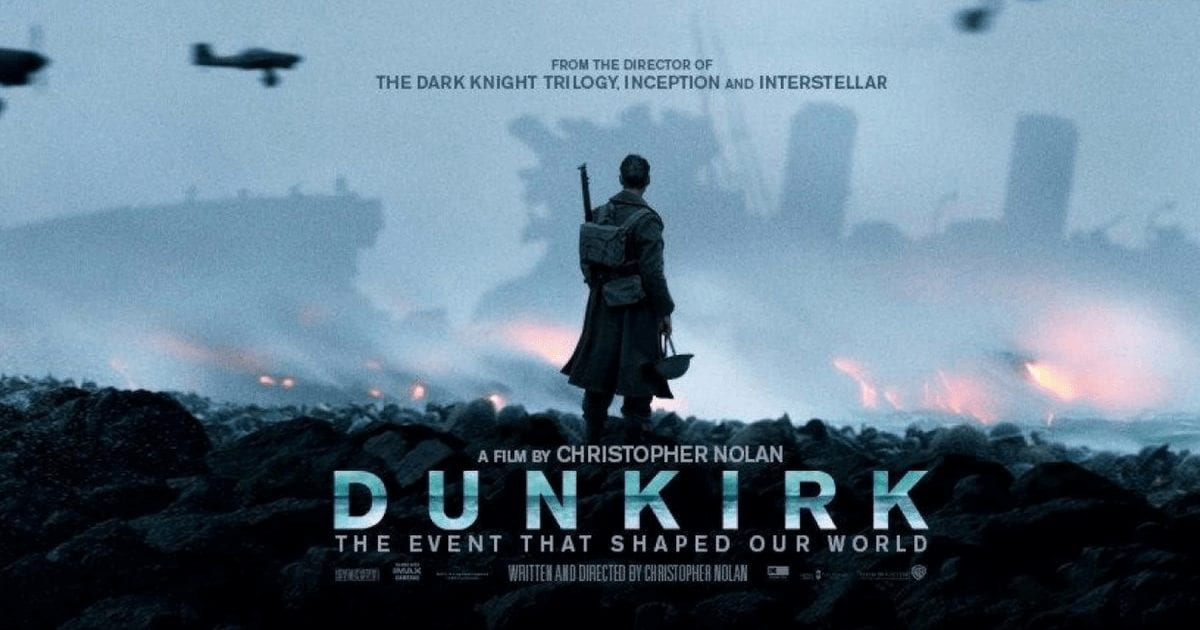
Legacy:
Dunkirk is considered one of Christopher Nolan’s most successful films, praised for its artistic approach to depicting historical events. It is often regarded as a modern classic in the war genre, offering a unique and impactful portrayal of a critical moment in World War II.
In conclusion, Dunkirk is a masterful and immersive film that combines realistic war portrayal with innovative storytelling techniques. Its emphasis on practical effects, minimal dialogue, and non-linear narrative structure makes it a standout entry in the war film genre and a testament to Christopher Nolan’s filmmaking prowess.
